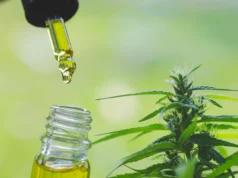
Harvesting and drying hemp are pivotal in the CBD production process, where precision can significantly impact the final product’s quality. These stages determine the cannabinoid content, especially CBD, and influence the product’s safety and efficacy. This comprehensive guide delves into ten essential tips, highlighting the critical mistakes to avoid for maximizing CBD yield and purity. Catering to both beginners and seasoned cultivators, these insights aim to refine your approach, ensuring you harness the full potential of your hemp crop for superior CBD production.
Tip 1 – Timing is Key
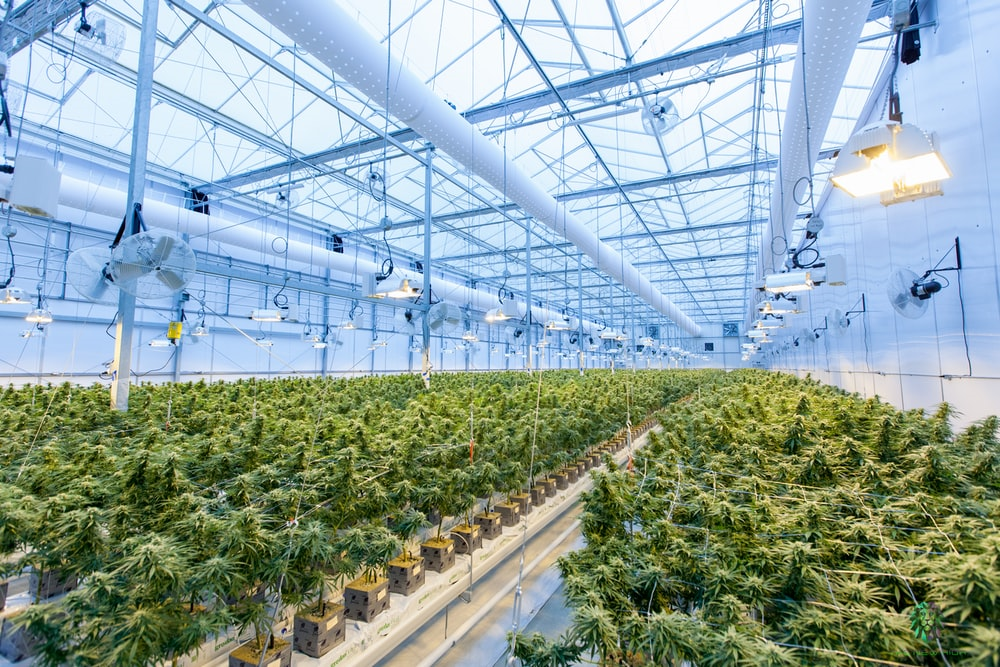
Harvesting hemp at the optimal time is imperative for maximizing CBD content. The ideal timing varies based on the hemp strain and environmental factors. Observing the hemp plant for signs of maturity, such as the color of trichomes and the structure of flowers, is crucial. UrbanMatter experts note that these indicators, typically apparent in late summer or early fall, are telltale signs that the plant is at its peak CBD concentration. Delaying or hastening the harvest can significantly alter the CBD levels, making vigilant monitoring a top priority for growers seeking high-quality CBD yields.
Tip 2 – Hand vs. Machine Harvesting
The choice between hand harvesting and machine harvesting is influenced by factors such as the scale of the operation, budget constraints, and desired quality of the final product. Hand harvesting, while labor-intensive, allows for more precise and gentle handling of the plants, preserving their structural integrity and potentially higher CBD quality. In contrast, machine harvesting offers efficiency and speed, especially beneficial for large-scale productions, but it may compromise the quality due to the mechanical stress on the plants. It’s a balancing act between efficiency and quality preservation, and the method chosen should align with the specific goals and capabilities of the CBD production operation.
Tip 3 – Proper Cutting Techniques
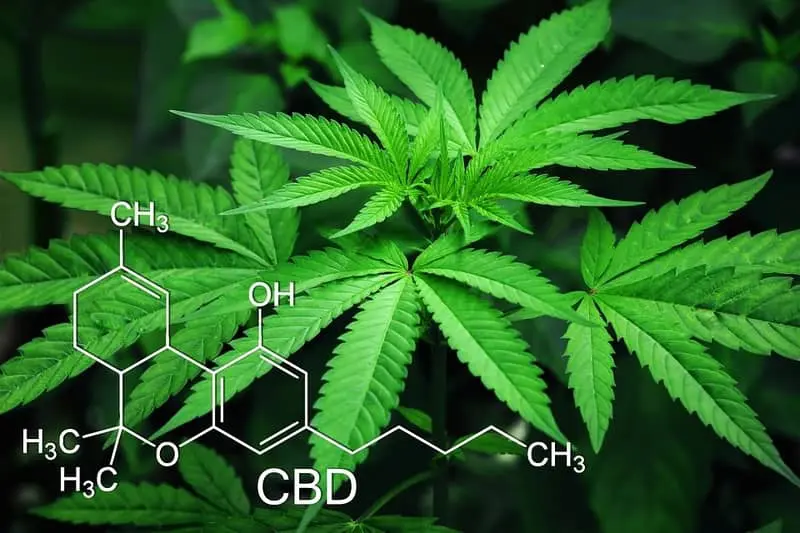
Applying the right cutting techniques during the harvest is essential for maintaining the quality of the hemp plant. Sharp, clean tools are necessary to ensure precise cuts, minimizing damage to the plants. Proper cutting not only preserves the plant’s integrity but also prevents undue stress that can negatively impact the CBD content. Inadequate cutting techniques can lead to bruising or damaging the hemp, leading to a loss of cannabinoids and terpenes, which are crucial for the final product’s potency and flavor profile. Therefore, investing in the right tools and training for efficient and careful cutting is crucial for optimal CBD production.
Tip 4 – Drying Environment
The drying environment plays a pivotal role in preserving the quality of the harvested hemp. Ideal drying conditions include a controlled environment with the right balance of humidity and temperature. Excess humidity can lead to mold growth, while too low humidity can cause the hemp to dry out too quickly, losing essential oils and cannabinoids. The optimal temperature range should be maintained to ensure a slow, even drying process, preserving the hemp’s chemical composition, particularly its CBD content. A well-regulated drying environment is key to preventing degradation of cannabinoids and maintaining the overall quality of the hemp.
Tip 5 – Hang Drying vs. Machine Drying

Choosing between hang drying and machine drying depends on the scale of production and desired quality. Hang drying, a traditional method, allows for a more uniform drying process and is often preferred for smaller batches or premium quality products. This method promotes even air circulation around each plant, reducing the risk of mold and preserving cannabinoids and terpenes. Machine drying, on the other hand, offers efficiency for larger operations but may not provide the same level of control over the drying process. The method chosen should align with production goals, balancing efficiency with the desired quality of the CBD product.
Tip 6 – Handling and Storage
Gentle handling during the drying process is crucial to protect the delicate structures of the CBD-rich hemp. Mishandling can lead to physical damage, reducing the quality and potency of the final product. Proper storage is also essential to prevent mold, contamination, and degradation of cannabinoids. Storage conditions should be controlled for temperature and humidity, and the hemp should be stored in a way that minimizes physical stress and exposure to contaminants. Effective handling and storage practices are vital to maintaining the integrity and potency of the CBD.
Tip 7 – Testing and Monitoring
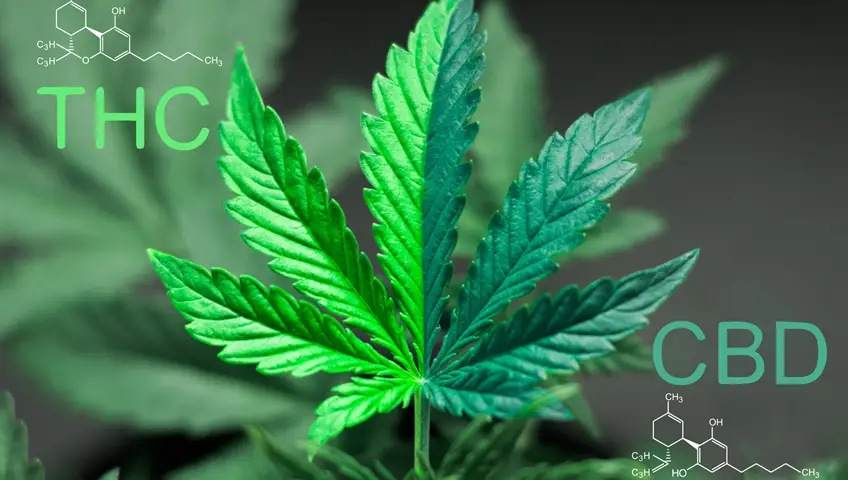
Regular testing and monitoring during the drying process are essential to ensure the potency and quality of the CBD. This involves using tools like moisture meters and humidity controls to maintain the ideal drying environment. Testing allows for adjustments to be made in real-time, ensuring that the hemp is dried to the optimal moisture content, preserving its cannabinoid profile. Consistent monitoring and testing are key to achieving a high-quality CBD product, as they allow for precise control over the drying process.
Tip 8 – Proper Curing
Curing is an often-overlooked but vital step in the CBD production process. Proper curing involves slowly drying the hemp to achieve the ideal moisture content, which enhances the flavor and aroma of the CBD product. The curing process also helps in the breakdown of chlorophyll and the preservation of cannabinoids and terpenes, which are essential for the therapeutic properties of CBD. The steps involved in curing must be carefully controlled to ensure the quality and potency of the final product.
Tip 9 – Avoiding Contamination
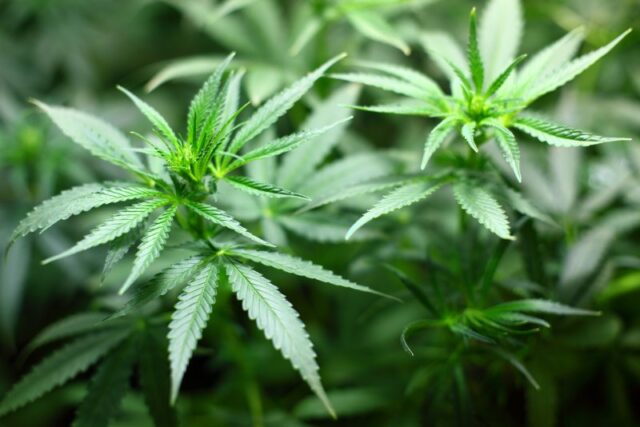
Preventing contamination during the drying and storage stages is critical to ensure the safety and quality of the CBD product. Contaminants can come from various sources, such as mold, pests, or chemical residues. Maintaining a clean and hygienic environment is essential to prevent contamination. Regular cleaning and sanitation, along with monitoring for signs of mold or pests, are crucial practices. Implementing strict hygiene protocols can significantly reduce the risk of contamination, ensuring a safe and high-quality CBD product.
Common Mistakes to Avoid
Several common mistakes can compromise the quality of CBD during harvesting and drying. These include harvesting at the wrong time, improper drying techniques, mishandling, and inadequate storage conditions. These errors can lead to reduced CBD potency, contamination, and overall lower quality of the final product. Being aware of these pitfalls and implementing the right techniques and practices can make a significant difference in the quality and efficacy of the CBD produced.
Conclusion
In conclusion, proper harvesting and drying techniques are fundamental to producing high-quality CBD. By following these tips and avoiding common mistakes, growers can significantly enhance the quality and potency of their CBD products. The key takeaways from this guide are the importance of timing, careful handling, controlled drying and curing conditions, regular testing, and maintaining hygiene to prevent contamination. By applying these principles, growers can ensure a successful and rewarding CBD production process.



